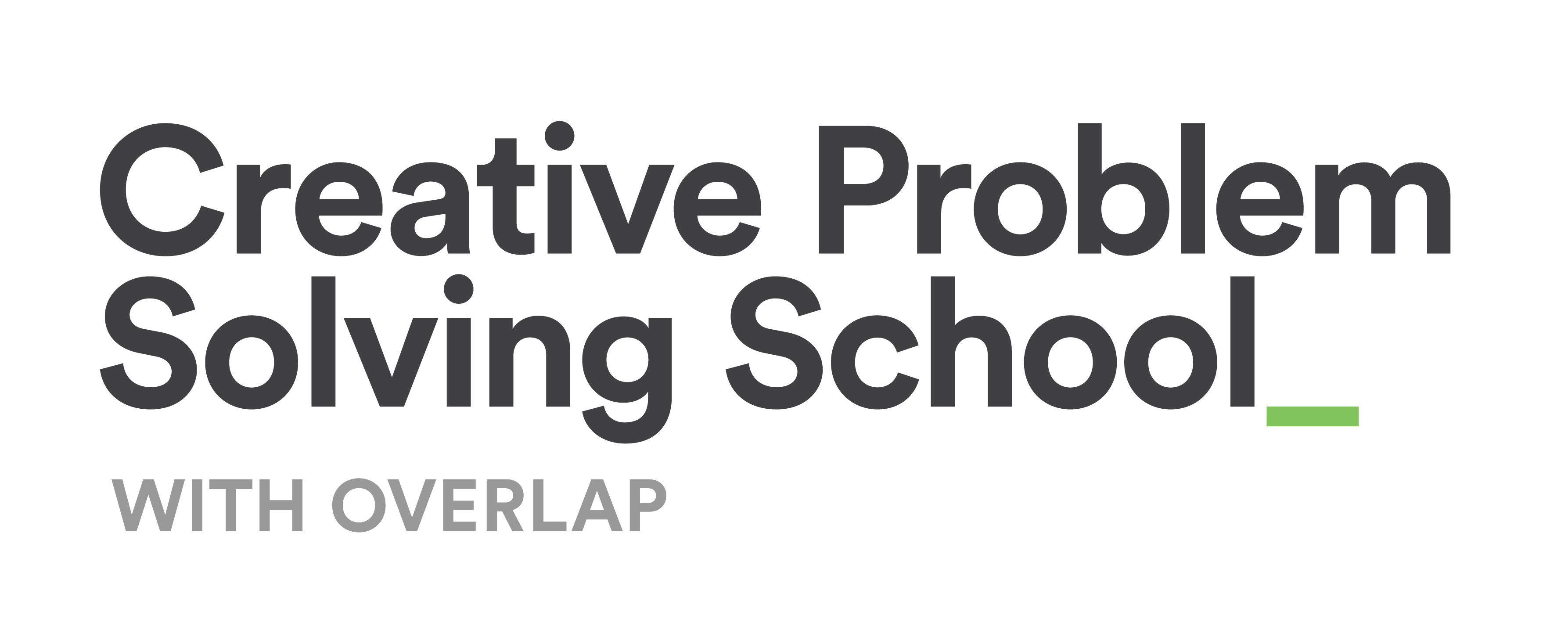6 Effective Meeting Strategies for Running Better Meetings

No matter the state of your meetings, there’s always something you could be doing better. Do your meetings have a growing lack of engagement? Are there too many of them? Do they all have a clearly defined purpose, or are people left wondering why they’re there? Effective meeting strategies leverage people’s strengths and empower attendees to strive for a results-driven approach. Because when you aren’t getting things done or making progress on the meeting’s purpose, what’s everyone there for?
In this article, we share six effective meeting strategies that will ensure every one of your meetings is engaging, meaningful, and necessary.
Effective Meeting Strategies
1. Have a Clear Purpose (or Don’t Hold the Meeting)
Clearly define the meeting’s purpose for every meeting that’s scheduled. That goes for recurring meetings as well. Not sure what your meeting purpose is? Then there’s a good chance you shouldn’t be holding the meeting.
A meeting that doesn’t have a purpose doesn’t need to happen. Your employees and team members are already busy enough without adding superfluous meetings into the mix.
Think about it this way; every meeting that’s set is taking time away from other productive activities in the workplace. A 30-minute meeting that brings ten people together uses up five hours of work time that could be spent on something else. And that’s only counting the time people spend in the meeting—there’s prep before, getting to the meeting, chatter that happens after the meeting, and the time it takes each person to get back on task.
A meeting without a purpose is inconsiderate of other people’s time. It’s an awful feeling to get to the end of the day and realize you still have all of your work to do because you spent the entire day in needless, fruitless meetings.
Before setting a meeting, carefully consider the meeting’s purpose. What do you hope to accomplish? What type of meeting is it? How much time is needed to accomplish the meeting’s goals? Who needs to attend the meeting to reach those goals? Is a meeting the best communication method, or could you solve your problem in a less time-consuming format?
If you find you’re spending your day jumping from meeting to meeting, take time to examine the value and purpose of each of these meetings. Are there some you could do without? Do you have recurring meetings set that once had a purpose but are now stagnant?
2. Collaborate on the Meeting Agenda
Meetings need an agenda to keep things on track and to ensure attendees know what to expect. The most effective meeting agendas are created collaboratively. Instead of one person being in charge of planning the meeting and relaying that plan back to everyone in attendance, a collaborative agenda ensures everyone’s voice is heard.
What discussion points are important to cover? Who needs time to speak? Are there any materials or documents that need to be reviewed by attendees before the meeting? What questions do people have?
Working through the organizational details in advance will ensure you can focus on the meeting’s purpose and hit the ground running once everyone is together. It will also prevent surprises or roadblocks that could derail the meeting, sidetracking everyone from accomplishing the meeting’s goals.
Allow the people involved in the meeting to contribute to the agenda before the meeting so that all attendees know what to expect and can take ownership of the process.
Why is Teamwork Important? In a recent article, we broke down some basic (but essential) strategies for improving collaboration with your team, stakeholders, and community.
3. Track Action Items
It’s quite rare to achieve all of your goals and accomplish everything you set out to by the time the meeting ends. There’s often plenty still to be done, and whether or not those tasks get done depends on how they are left when the meeting ends.
Throughout the meeting, ensure action items are noted and tracked. If there’s something that needs to be done, who is going to do it, and by when? Will someone follow up? Does the person taking on the task have the capacity and resources to complete it? By the end of the meeting, does everyone know what they are responsible for and when those tasks are due?
A meeting isn’t effective if it doesn’t conclude with clear and actionable next steps. Be very specific when assigning action items. Instead of noting that X needs to be accomplished, take the time to determine who is responsible for the task, who will follow up, and when it will be completed by.
4. Shake Up the Format
Variety is the spice of life, and while meetings aren’t designed purely for entertainment, engagement is essential if you hope to accomplish anything (and we’re sure you do!)
Adding variety to your meeting format will ensure your meetings aren’t boring slogs that everyone dreads—also colloquially known as snooze fests. 😴 When working on the meeting’s agenda, consider the meeting’s format. What type of meeting will best serve the meeting’s purpose, the number of people in attendance, and what you hope to accomplish?
You can also shake things up by holding meetings beyond the traditional conference room format. A standing meeting helps people stretch and loosen up away from their desks while ensuring the meeting doesn’t run too long. Attendants will be much less likely to zone out if their bodies are engaged. For smaller meetings of two or three people, if everyone involved is interested and able, consider scheduling a walking meeting. Moving around in a new environment can spark your creativity, and it offers a chance to get out of the stuffy office and into the fresh outdoor air.
💡 Shake Things Up With 6 Alternatives to Traditional Meetings.
Just be sure everyone involved is comfortable and on board if you change up the physical format of the meeting.
And when in doubt, ask your team.
5. Gather Consistent Feedback and Evolve
Your team members have a wealth of information that you can utilize to improve how meetings are run. What is going well? What isn’t going well? What could be improved?
Simple retrospective questions at the end of a meeting will tell you what you need to work on for the next time around. How did attendees feel about the meeting length? How did attendees feel about the meeting’s scheduled time? Did everyone in attendance feel like they needed to be there? Did everyone feel like they got enough time to speak? What changes might help the meeting run more smoothly next time? What other ideas does the team have?
For a streamlined feedback process, our team utilizes a feedback grid, which adds structure to feedback collection and helps people organize their thoughts. Often when people are asked directly what they think, they’ll say the first thing that comes to mind. Only afterward are they able to process their thoughts in a clear and constructive way. The feedback grid structures the conversation around four key questions: What did you like? What would you improve? What questions do you have? What ideas do you have?
💡 Download our free Feedback Grid Worksheet.
Feedback is only worthwhile if it’s put into action. Don’t just collect feedback—implement it. Consider what your team members have to say and keep in mind that there’s always room for improvement. Even if you believe you’ve got your meetings running as effectively as possible, there’s always something you could be doing better. Be open to what your team members suggest. If you can’t implement an idea right away, save it for later, and return to it when you can.
Continue to ask questions and evolve your meeting processes to meet the needs of your team and anyone who you meet with outside of your business, such as clients or stakeholders.
6. Start Solo for Idea Generation
“Start solo” is an Overlap favourite—we use it every time there’s a need for ideation. Starting solo means everyone has a chance to get their own ideas out before it’s open to discussion. Ideas are internalized almost as soon as we hear them, and this can heavily influence the path our ideas take. The more ideas you hear, the more your own will be influenced. While this is great for group ideation, it’s important to ensure you come up with your own ideas first.
Address the problem at the outset of the meeting, and then give your team a few minutes to brainstorm silently. This time can be brief, but it’s essential to ensure that all voices are heard and the integrity of each person’s unique idea is preserved.
Starting solo at the beginning of an ideation meeting allows everyone in attendance the chance to express their own unique ideas before the louder voices in the room take charge.
💡 Learn more about the importance of starting solo: 6 Reasons to Start Solo in Idea Generation and other Powerful Idea Generation Techniques.
Better Meetings: Train Yourself and Your Team
Running effective meetings is a skill. Continue to refine your processes and learn how you can lead better meetings. Looking to improve your company's or team’s efficiency? Meetings are a great place to start because they take up so much of a business’s collective time.
Overlap’s Creative Problem Solving School brings design thinking training to individuals, teams, and organizations. Our courses help people and groups build collaboration skills, including how to ask better questions, how to make group decisions, and how to run effective meetings, workshops, and facilitation sessions.
The Facilitation & Running Better Meetings (302) course will teach you and your team how to better engage with individuals in group settings. You’ll learn how to leverage people’s strengths and ask the right questions for an improved engagement experience for everyone involved. By the end of this course, you will know how to create an environment that empowers people to add value in meetings, and you’ll leave with the techniques you need to lead your team through results-driven meetings that actually get things done.

0 comments
Leave a comment
Please log in or register to post a comment